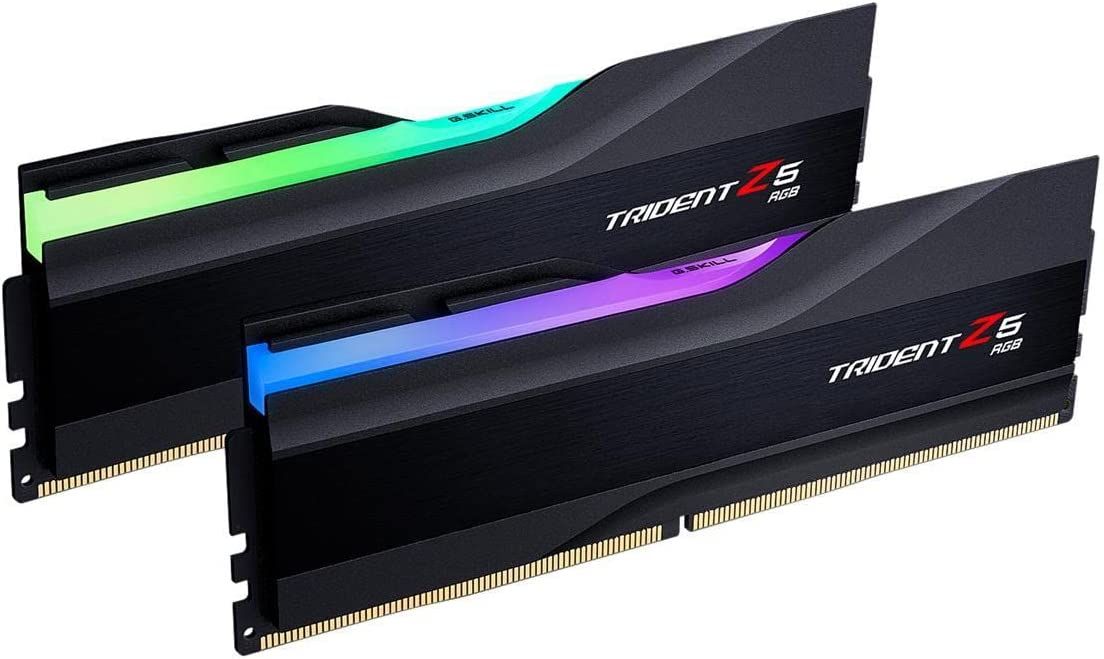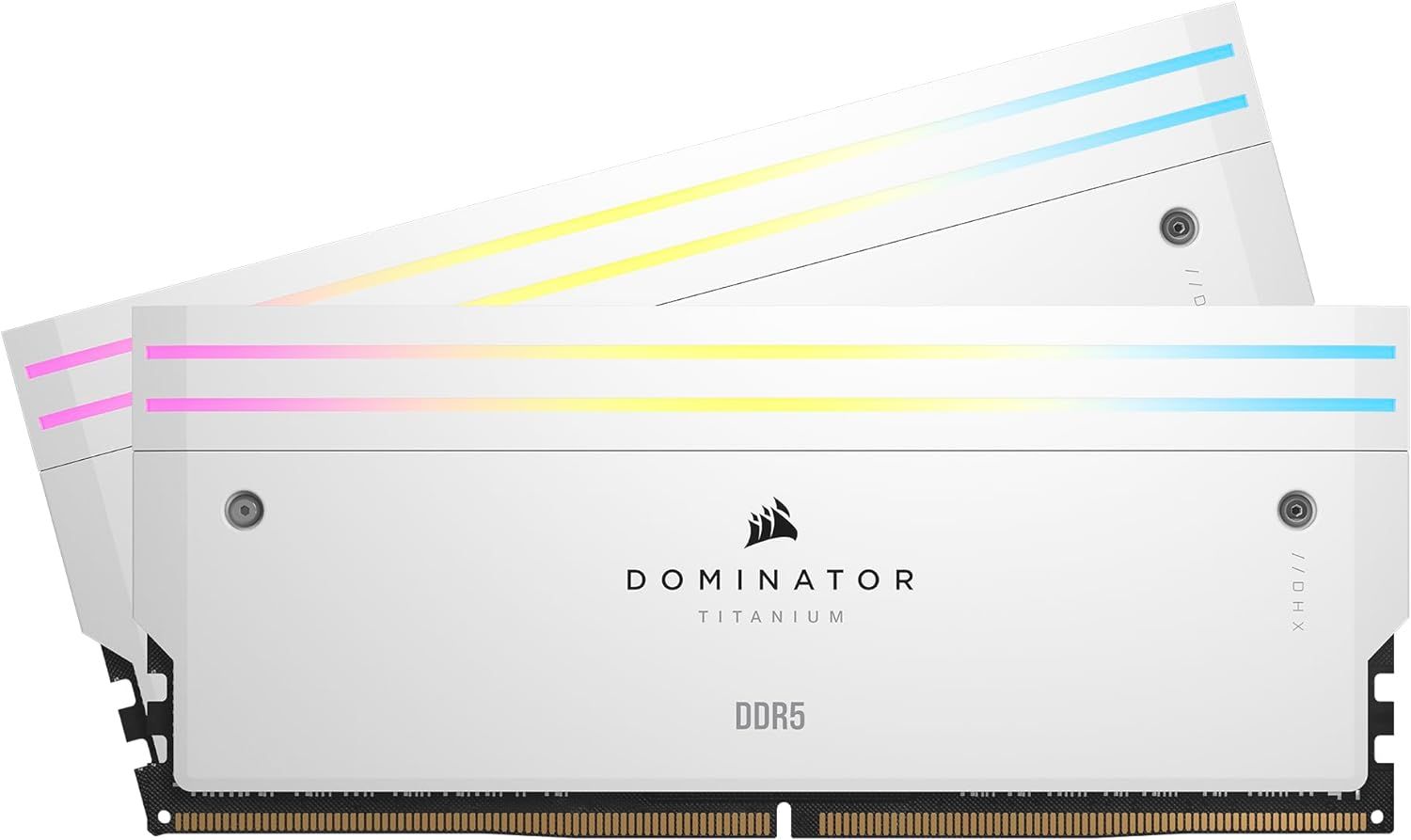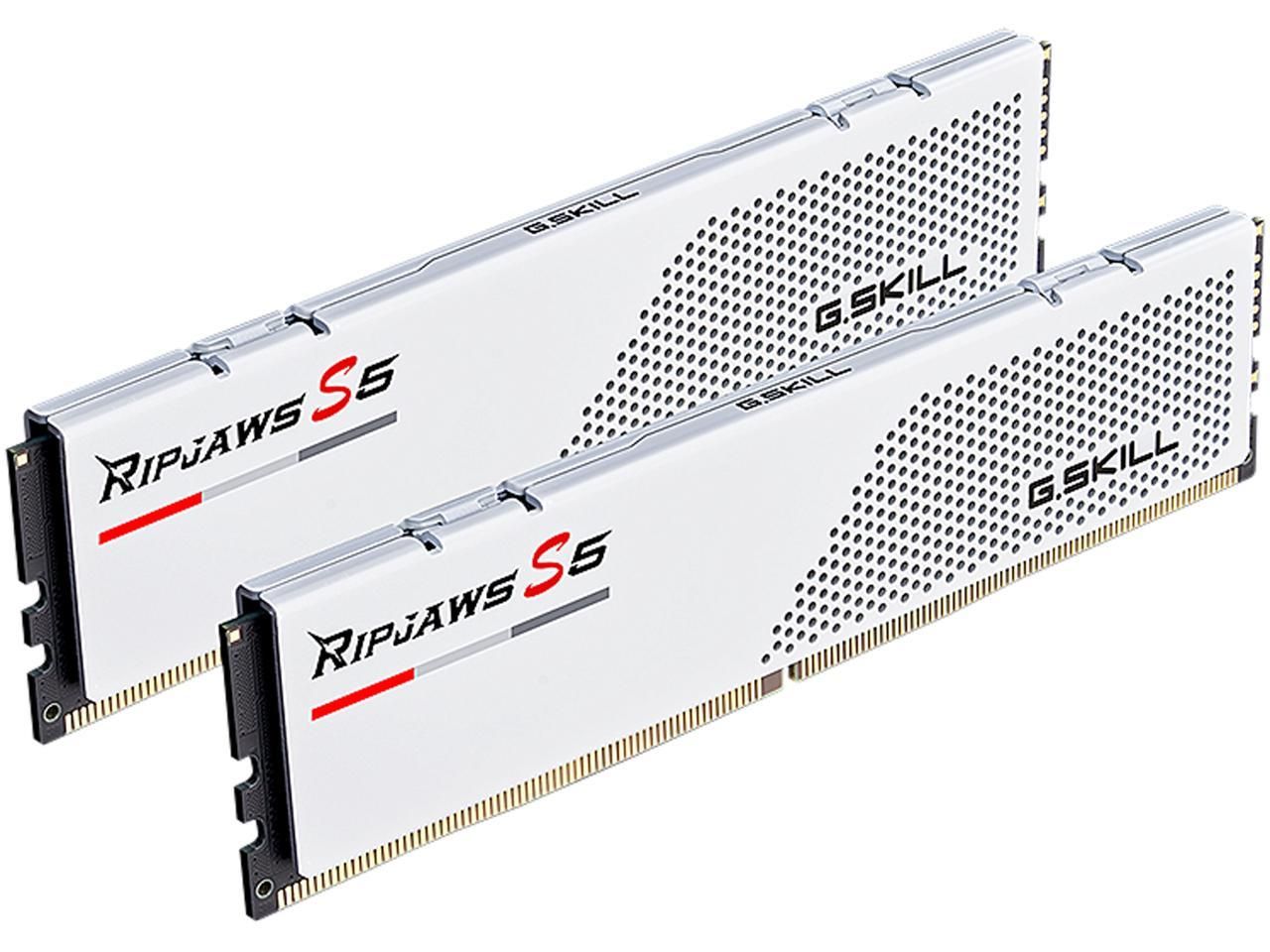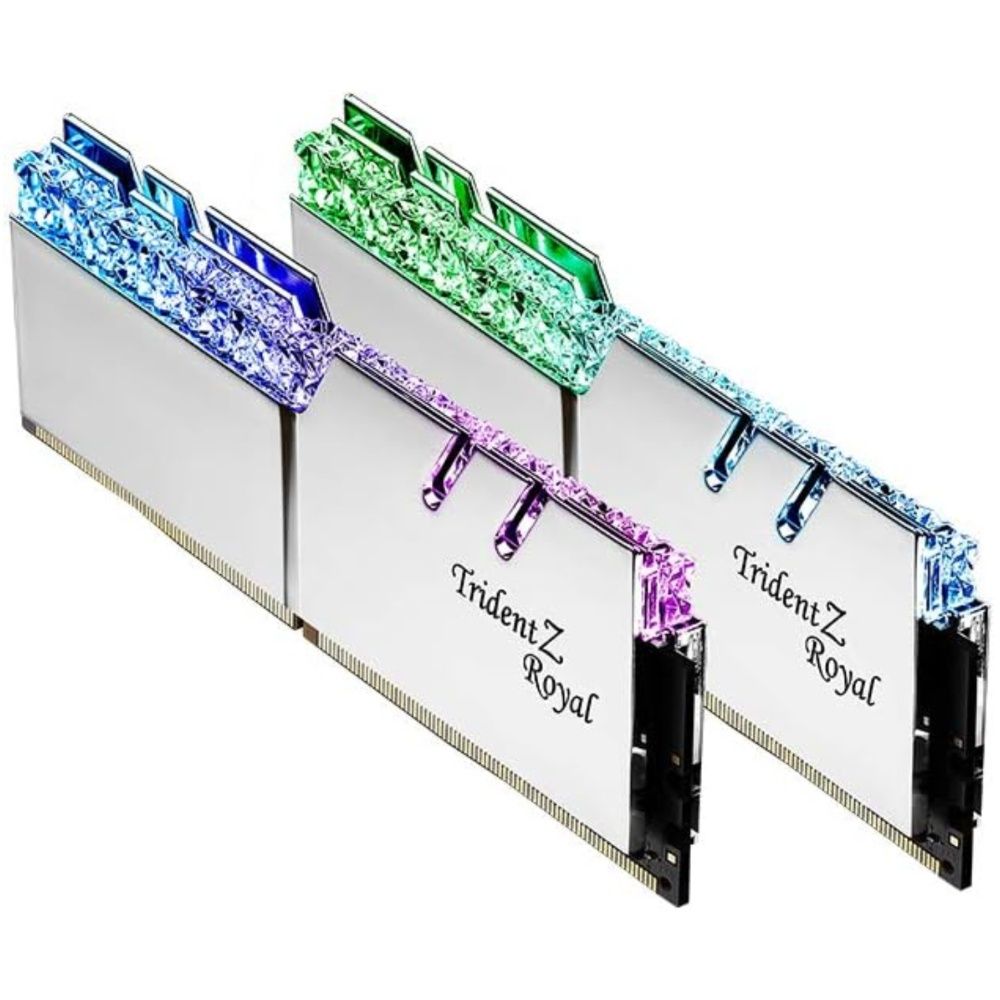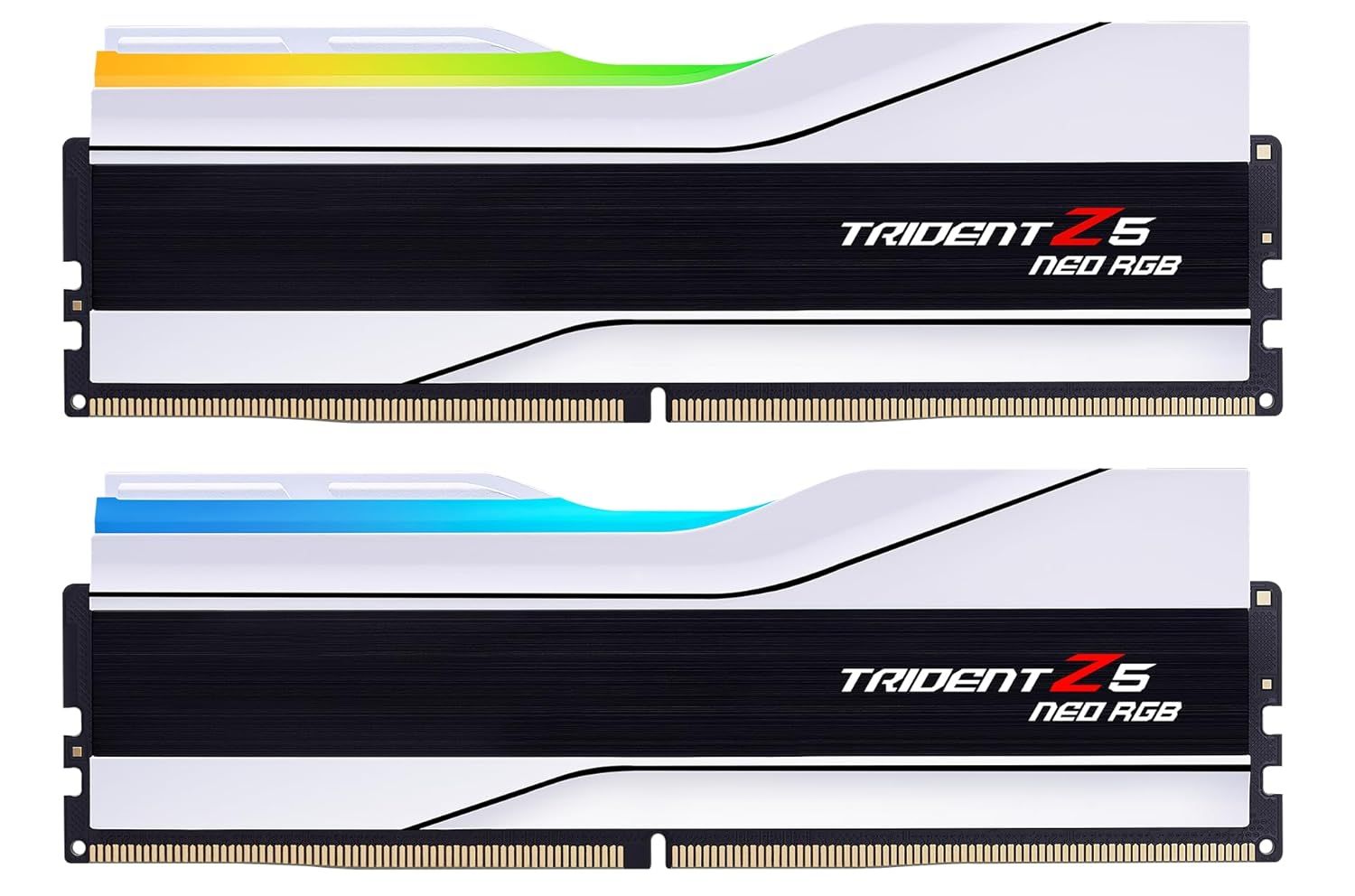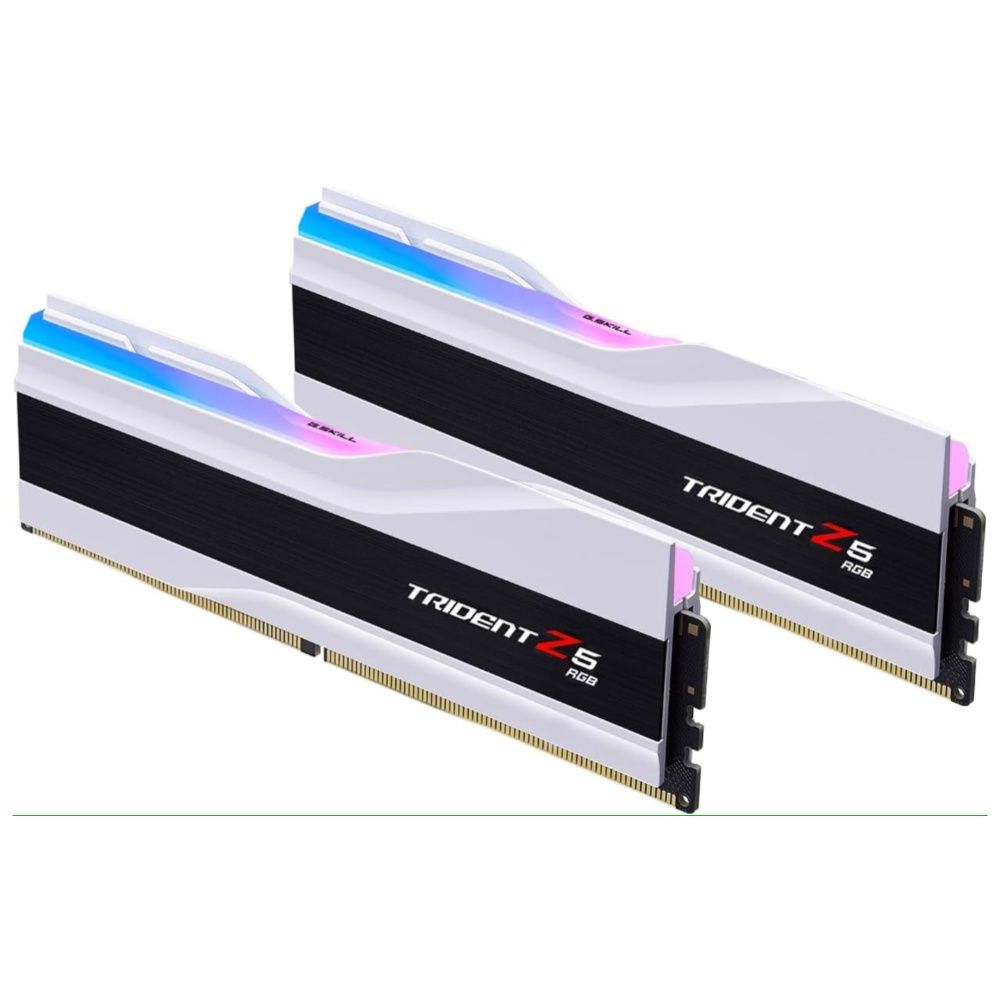Since its release nearly two years ago, Nvidia's RTX 4090 is the fastest gaming GPU consumers can get their hands on. The GPU that offers Nvidia's fastest consumer-grade performance to date comes in multiple aftermarket trims as well as a Founders Edition that seems to be in perpetually short supply at its MSRP of $1700.
Why Is It Important To Pick Performance-Centric Hardware To Pair With The RTX 4090?
The RTX 4090, by virtue of its performance tier and the considerably large swathe of 24GB of GDDR6X VRAM it comes with, is considered an enthusiast-grade GPU that does more than just gaming, catering to a variety of productivity-based use cases such as video editing and AI. This makes what is a GPU that can easily fetch a sub-$2000 price tag for its highest-tier aftermarket models somewhat necessary to build around PC components to exact the most out of its performance potential with it routinely costing more than the rest of the entire builds it takes center stage in.
Building Around the Nvidia GeForce RTX 4090
The team at Game ZXC offers plenty of in-depth coverage for users intending to build around the RTX 4090 in 2024 and beyond for users needing help choosing from the best RTX 4090 models or the best components to pair with it to maximize performance gains from what is a sizable investment, no matter how one looks at it compared to most other GPUs:
- The Best RTX 4090 GPUs
- The Best RTX 4090 PC Builds
- The Best RTX 4090 Gaming Laptops for 2024
- The Best RTX 4090 PCs in 2024
- The Best CPUs to Pair With an RTX 4090
- ASUS ROG Strix RTX 4090 OC Review: Good Overkill
- RTX 4080 vs RTX 4090 - Which Should You Buy?
The team at Game ZXC has also curated and listed some of the best DDR5 (and DDR4) RAM modules one can use to get the best performance for a plethora of use cases in PCs built with or around an RTX 4090 in 2024 below:
The Best RAM Modules To Pair With The RTX 4090
The 64GB G.Skill Trident Z5 RGB Series kit offers a bit of everything. It's an excellent, well-rounded RAM kit that users can pair without needing to second-guess with the RTX 4090. It offers excellent 6400 MHz clocks with a low CL32 CAS latency, allowing users to benefit from a kit that exceeds Intel's and AMD's recommended specs while catering to both platforms reasonably well (but lacking AMD's EXPO profiles).
Not only does it offer low latency and a decent clock speed, but it also comes backed by G.Skill's comprehensive limited lifetime warranty even as it offers a presence on QVL (Qualified Vendors List) that is unmatched by most, if not all of its peers, reflecting G.Skills strong positioning when it comes to performance RAM modules. The Trident Z5 builds on the last-gen Trident platform's looks that encompass an "if it isn't broken, don't fix it" doctrine for what is a slight aesthetic upgrade that incorporates everything that made the Trident lineup so popular in the past.
Users building around AMD's AM5 platforms can opt for the closely-priced G.Skill Trident Z NEO RAM kit (detailed below) which comes in a similar offering but has the requisite EXPO profiles on offer. Either kit, however, is a great, performance-centric all-rounder that works with a plethora of motherboard options and CPUs without issues.
Users wanting a bit more 'oomph' when it comes to their RAM kits in 2024 can turn to Corsair's redesigned CORSAIR Dominator Titanium RGB DDR5 platform. It offers what are arguably the best-looking memory modules in the business in both black and white, along with a high clock speed.
The CORSAIR Dominator Titanium RGB DDR5 comes in a 48GB trim as a kit (24GBx2 modules) with a high clock speed of 7200 Mhz, even as it comes with a respectable CL36 CAS latency, making it a great-looking pickup for gamers and enthusiasts alike looking to score an above-average DDR5 RAM offering. The Dominator Titanium, much like most of Corsair's current generation memory modules, can be reprogrammed with custom XMP timings, something that should allow modders to have more fine-grained control of said RAM sticks.
The Dominator Titanium are not the fastest RAM kits on the block, but they come close and offer arguably better looks as a tradeoff, making them a great set of RAM modules to pair with both Intel and AMD-based PCs and with the Nvidia RTX 4090 GPU.
For users aiming to get RAM modules that pair well with PC builds centering around the RTX 4090, the G.SKILL Ripjaws S5 might be an easy bet to make. They clock in at the requisite 5600 MHz that Intel specifies for its 13th and 14th generation Core CPU lineup, even as they offer a much-coveted CL28 CAS latency in a low-profile design that can be great for PC builders running into issues with high-profile coolers and/or SFF PC builds.
The Ripjaws S5 skips RGB lighting as part of a compromise that sees it trade nearly $20 cheaper than G.Skill's Trident RAM lineup but does offer the same limited lifetime warranty that higher-end memory modules offer. Users report being able to clock the RAM modules higher while slightly raising CAS latency targets, making for a more flexible memory module for overclocking versus other entry-level RAM offerings.
For users wanting the G.Skill Ripjaws in another color or spec, the S5 comes in both black and white trims with slightly higher clocks (and higher latencies) also on offer at a similar price. This makes for an easy tradeoff compared to most of their competition, which often has more limited options.
For users aiming to use the RTX 4090 with a last-generation PC or workstation with a motherboard constrained to DDR4 memory, the G.Skill Trident Z Royal comes in an excellent, yet affordable 32GB trim. It offers looks, low latency, and a high clock speed for DDR4 RAMs in a sleek package.
With a CAS latency of just CL19 to go with its rated clock speed of 4400 MHz, the G.Skill Trident Z Royal skips ECC like many of its gaming-centric peers but delivers on its performance promise easily for users and early Intel 12th/13th generation adopters that went for DDR4 RAM modules and matching motherboards to avoid stability and availability issues alike.
While DDR5 RAM modules do offer a slight performance uplift, a premium set of DDR4 RAM like the Royal comes close to (if not occasionally beating) entry-level DDR5 RAM modules in terms of raw performance with a few performance tweaks. This makes them a great set of RAM to recommend for users planning to get an RTX 4090 while being limited to a DDR4 RAM kit for the foreseeable future.
Users opting for an AMD-based CPU and motherboard can benefit from going for the equivalent of the Trident Z5 RGB by opting for its NEO trim instead. The kit offers similar clock speeds and latency offerings as the best overall kit above, with one key distinction. It comes with an AMD-specific EXPO profile, allowing users to have a 1-click option out of the box to get what are arguably the most optimal memory presets for current generation AMD Ryzen 7000 and 8000 series CPUs.
The G.SKILL Trident Z5 Neo RGB offers better value for money than most RGB-lit alternatives while throwing in a low CAS latency of CL32 to go with its above-average clock speed of 6400 MHz. This, in addition to most users reporting significant overclocking headroom on offer, makes the kit a favorite not just for gamers and enthusiasts but also for modders looking to eke out more performance while experimenting with tighter timings or lower clock speeds.
Users demanding a high tier of performance for gaming/productivity can turn to the G.Skill Trident Z5 RGB's 8400 MT/s RAM kit that offers 48GB of capacity. This happens to be one of the highest-rated DDR5 kits out there in terms of clock speeds, even as it manages to keep its latency at a relatively acceptable CL40 CAS latency.
The Trident Z5 does require a motherboard that can handle its XMP offering and that could involve getting a higher-end model or one that supports the higher clock speeds in play without causing intermittent crashes or stability issues. While the Z5 offers excellent RGB lighting like most of the Trident lineup from G.Skill, the software that comes bundled with the RAM is relatively primitive compared to most 3rd party alternatives. Thankfully, most motherboard manufacturers now allow for fine-grained software-based RGB control over the RAM kits in question, making for viable alternatives.
The G.Skill Trident Z5 RGB's 48GB 8400MHz CL40 pushes boundaries for what is currently possible on DDR5-based motherboards, but the same can be said about the RTX 4090 GPU in terms of performance versus most of its peers. It makes for an excellent, performance-centric recommendation for users planning to upgrade to a high-end RAM kit in the near future.
FAQ
Q: How Much RAM Is Considered Adequate For Gaming In 2024?
While most games run perfectly fine on 16GB of RAM, PCs building around an RTX 4090 or its nearest siblings will often be playing games at the highest presets. It would therefore make sense to opt for 32GB of RAM when gaming at a high graphics preset or a high resolution.
Q: How Important Is CAS Latency For RAM?
CAS Latency is an important indicator of performance when it comes to RAM. It is an indicator of the latency in play when looking up information on volatile memory. As a general rule of thumb, the lower the better applies for CAS latency when it comes to RAM modules.

